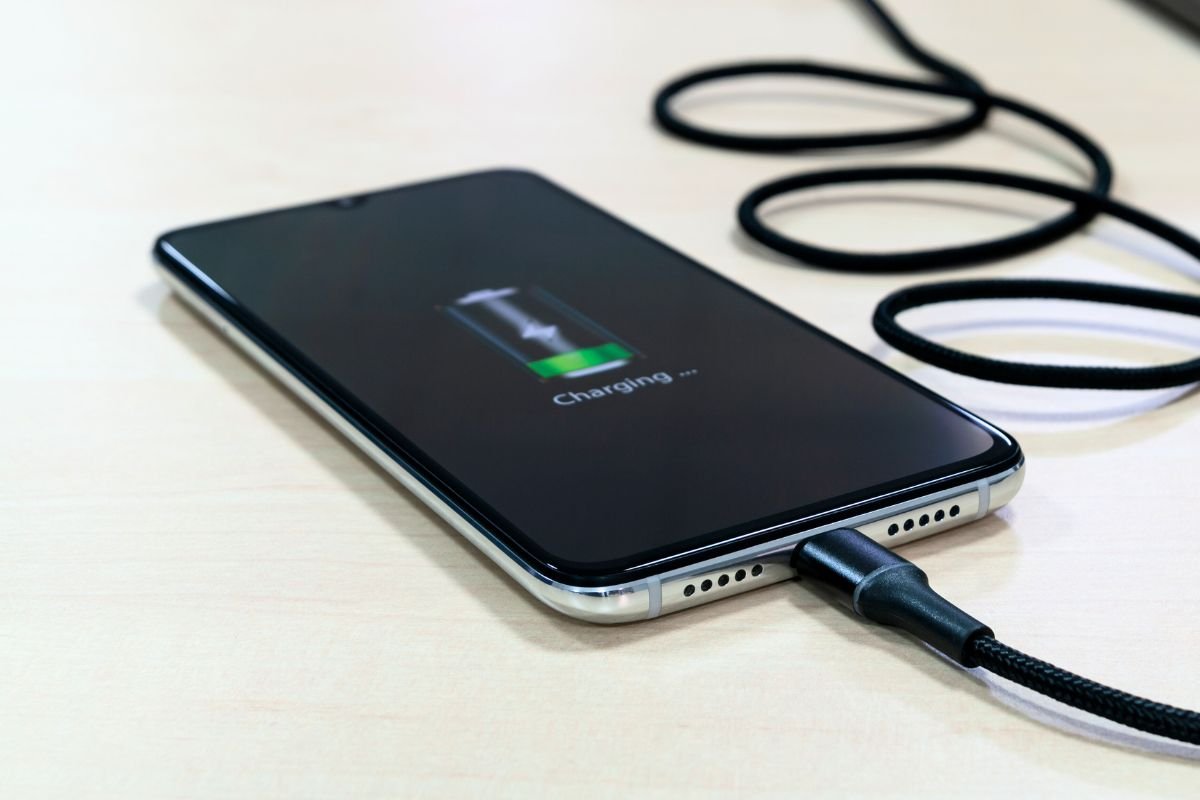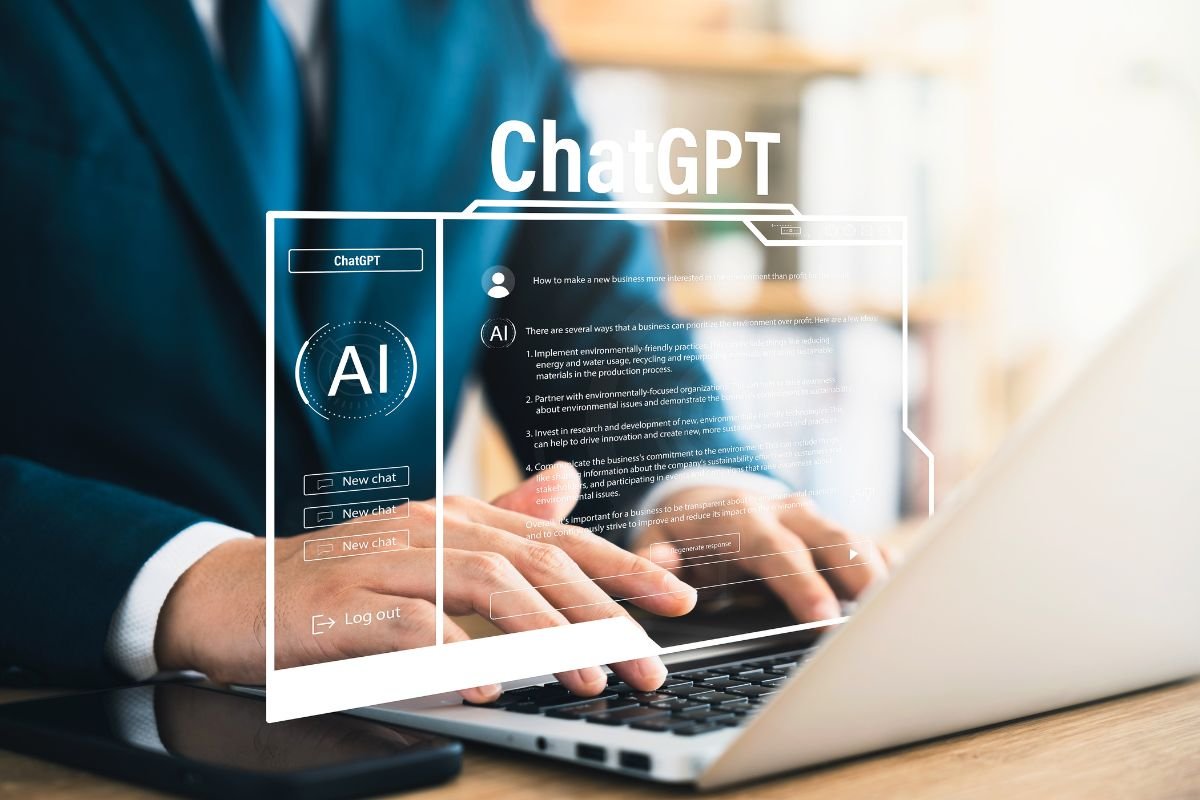For all the advances in smartphone technology—cameras, processors, AI features—the battery is still the one component that keeps us constantly checking the percentage in the corner of the screen. And while “fast charging” and wireless pads promise quick solutions, not all methods are equally good for your device in the long run. Here are five smart ways to charge your phone efficiently while keeping your battery healthy.
1. Use the right charger
It may sound obvious, but the safest choice is always the original charger that came with your phone. Manufacturers design their adapters and cables to work seamlessly with their devices, and many now feature intelligent communication between the charger and the battery to optimize speed and safety.
If you do need a replacement, avoid suspiciously cheap no-name brands online. Stick to reputable names like Anker or Belkin, which are known for producing reliable USB-A and USB-C charging accessories.
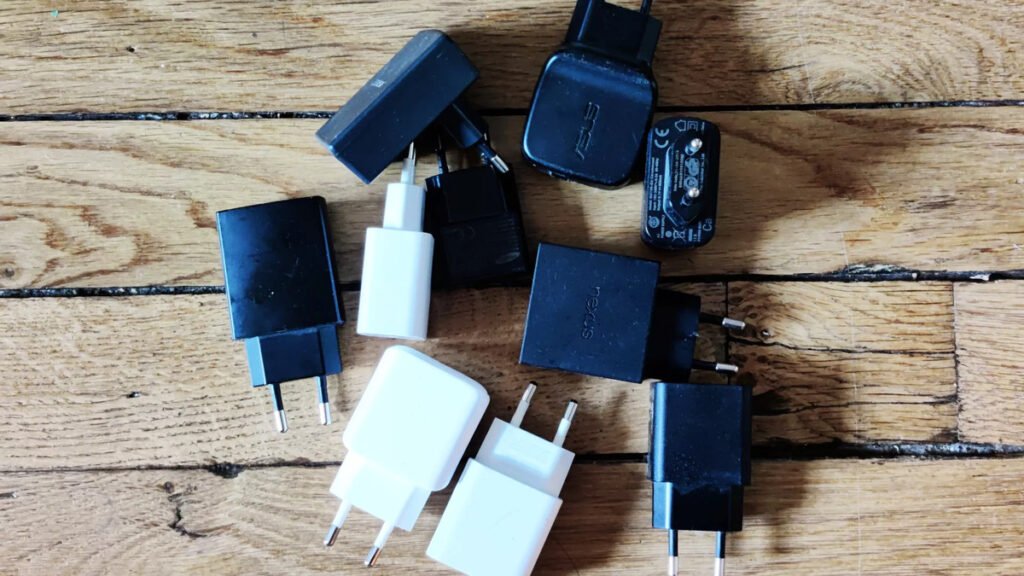
2. Don’t overlook the cable
A great charger is useless if paired with a poor-quality cable. For iPhones, make sure the cable is MFI-certified (Made for iPhone), which guarantees compatibility and safety. For Android devices, opt for USB-C to USB-C cables from trusted manufacturers. Mixing standards—like using a USB-A to USB-C cable—can sometimes result in mismatched power delivery, overheating, or even long-term damage.
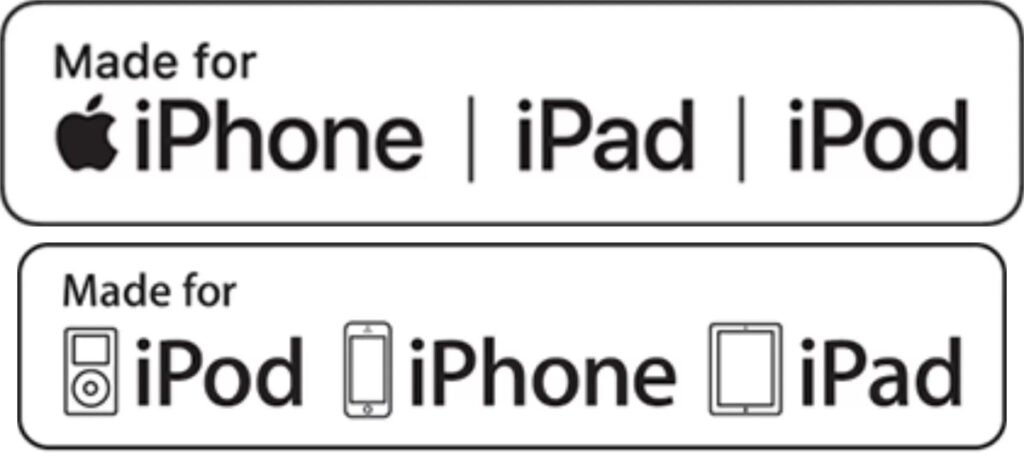
3. Use fast charging wisely
Fast charging has become a lifesaver for busy users, pumping in anywhere from 15 to 100 watts to give you hours of battery life in just minutes. While it’s safe thanks to built-in protections, there’s a catch: heat. Extended use of high-wattage chargers can cause your battery to warm up, and over time, heat is one of the biggest enemies of lithium-ion cells.
The trick? Use fast charging for short boosts when you’re in a hurry, and switch to a slower charger for overnight or long sessions. Certified systems like Qualcomm QuickCharge or 65W adapters from reputable brands strike a good balance between speed and safety.
4. Avoid extremes—both 0% and 100%
Batteries age faster when regularly drained to 0% or kept at 100% for long stretches. Ideally, keep your phone charged between 20% and 80%. Many modern smartphones include built-in protections that stop the battery from overcharging, but sticking to this range reduces unnecessary stress on the cells.
The old myth that you need to fully discharge your battery to “calibrate” it comes from the era of nickel-based batteries. Today’s lithium-ion batteries don’t need this treatment—and doing so actually shortens their lifespan.
5. Keep your phone cool while charging
As tempting as it is to scroll, stream, or game while your phone is plugged in, this habit adds extra heat on top of the charging process. Over time, this accelerates battery wear. The best approach? Let your device charge undisturbed, ideally in a cool environment.
As for wireless charging, it’s safe but slightly less efficient than wired charging, consuming more power and generating more heat. If convenience is your priority, brands like Belkin and Anker make reliable wireless pads—but for maximum speed and efficiency, a wired charger still wins.
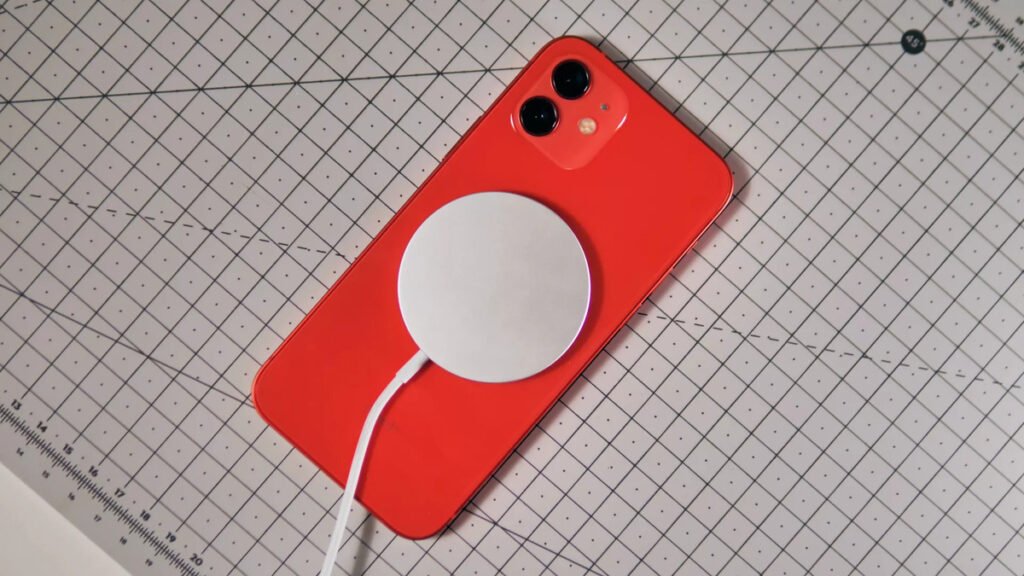
By paying attention to your charger, cable, charging habits, and heat management, you can extend your battery’s health while still enjoying the convenience of modern fast charging. After all, nothing kills the mood like watching your phone dip to 2% just when you need it most.
